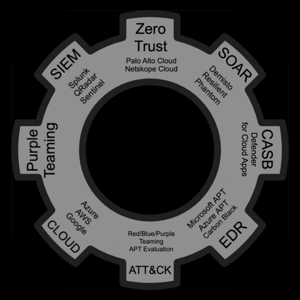@Sri Lakshman Velugubantla
Unfortunately, as of now, Azure Purview does not natively support combining multiple column-level lineage records into a single process during ingestion. Each row in the lineage table is ingested as an independent process, which is why you're observing separate processes for each column mapping.
You're right that Azure Purview, when ingesting lineage from a table like the one you described with source_column and target_column, will indeed create separate processes for each column mapping.
This means that instead of one process showing:
Process: Customer Transformation (JOIN)
- Source: test.silver.customer
- Target: test.gold.customer
- Source Column: CustomerName
- Target Column: CustomerNm
- Source Column: CustomerNumber
- Target Column: CustomerNum
You would actually see two separate processes:
Process 1: CustomerName to CustomerNm (JOIN)
- Source: test.silver.customer
- Source Column: CustomerName
- Target: test.gold.customer
- Target Column: CustomerNm
Process 2: CustomerNumber to CustomerNum (JOIN)
- Source: test.silver.customer
- Source Column: CustomerNumber
- Target: test.gold.customer
- Target Column: CustomerNum
This is a key limitation when using a table to import lineage into Purview. It doesn't have the capability to aggregate multiple column mappings into a single process representing a broader transformation.
Appreciate if you could share the feedback on our feedback channel. Which would be open for the user community to upvote & comment on. This allows our product teams to effectively prioritize your request against our existing feature backlog and gives insight into the potential impact of implementing the suggested feature.
I hope this information helps.
Kindly consider upvoting the comment if the information provided is helpful. This can assist other community members in resolving similar issues.
Thank you.
